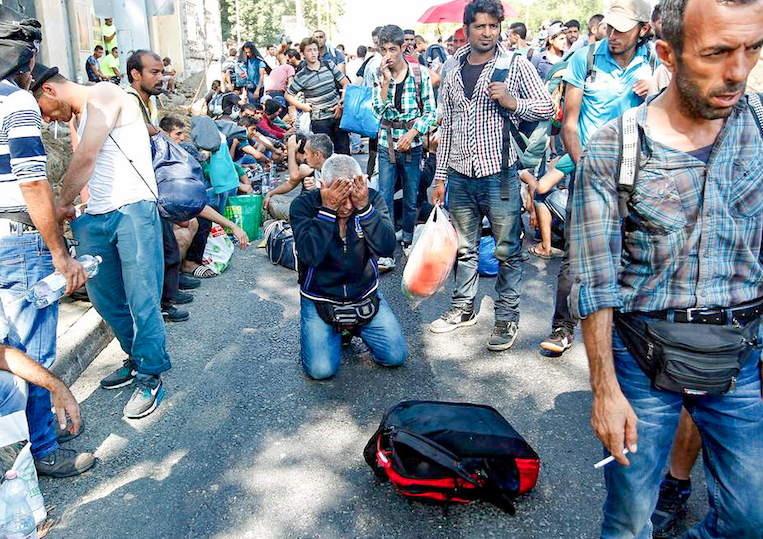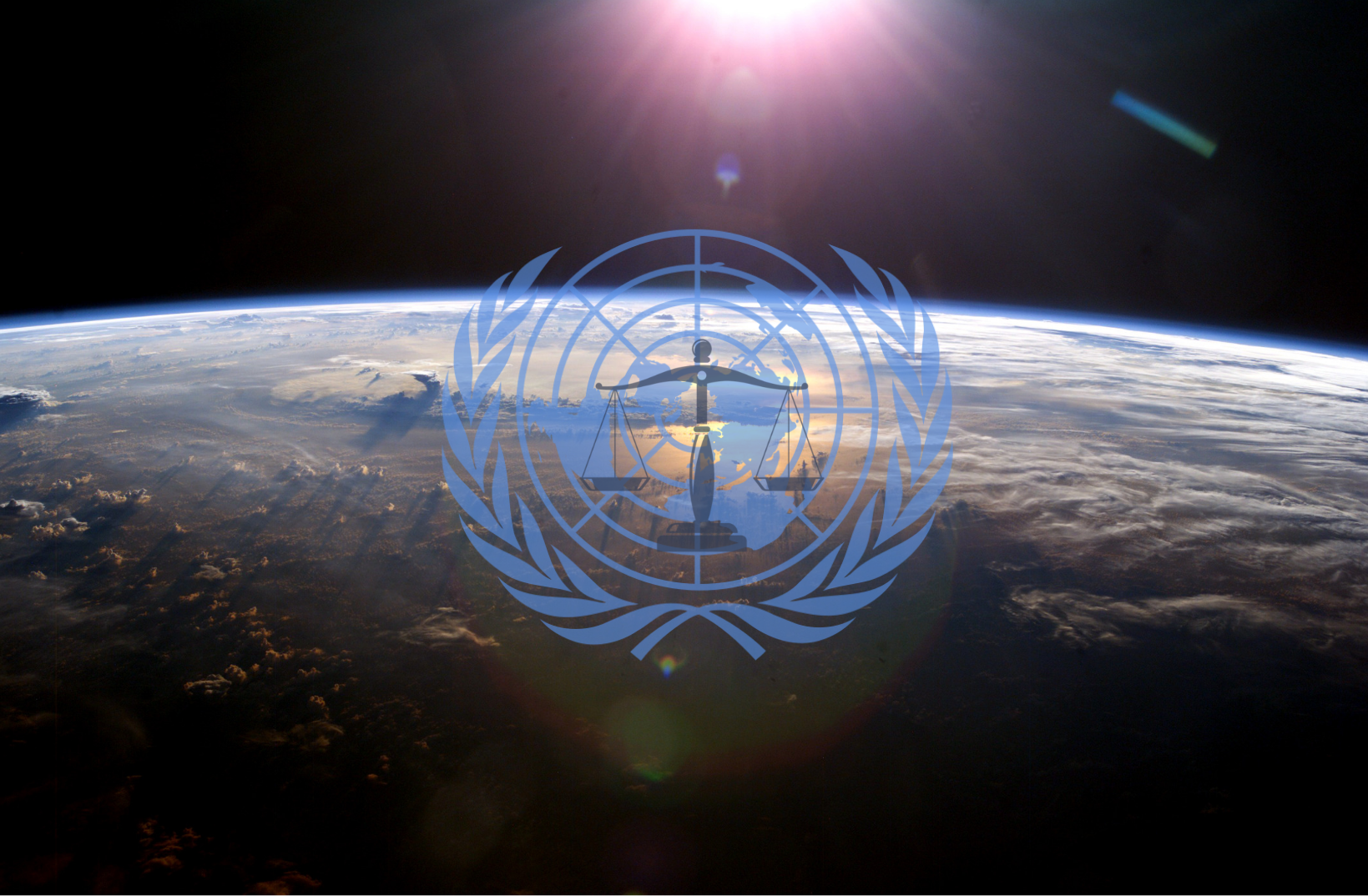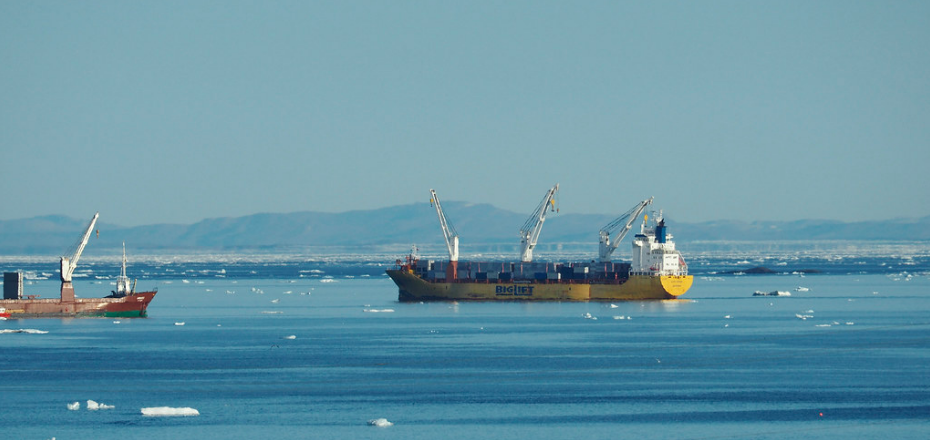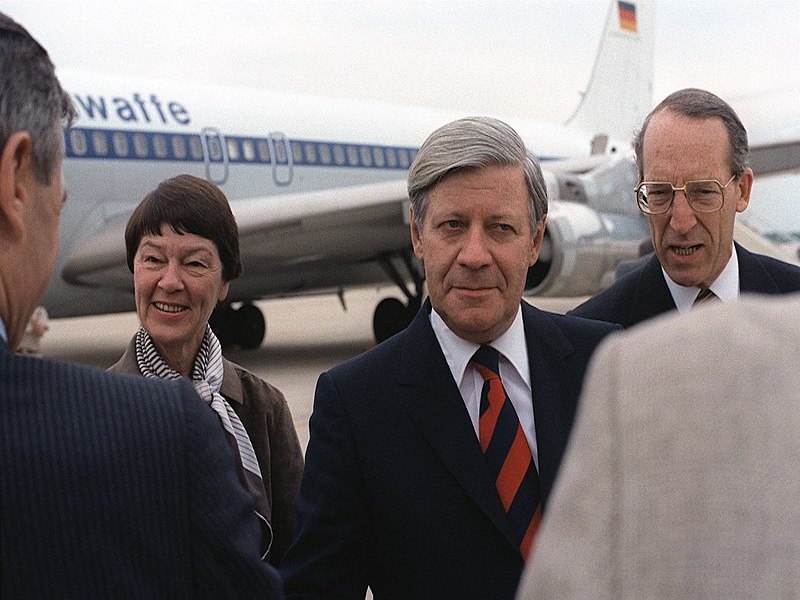The Syrian Civil War is one of the most unsettling humanitarian crises of our time. Most commentators understand the Syrian conflict to be caused primarily by economic and political issues connected to disenchantment with the authoritarian Assad government. These accounts are certainly partially correct, as the conflict originated out of the turmoil of the ‘Arab Spring’. The last five
Just like so many other parts of the world, climate change is already having an adverse effect on countries in the Middle East. The rise of global temperatures is drying the region in two ways: an increase in temperature that creates more evaporation in already parched soils, and weaker winds that result in less moisture from the Mediterranean Sea during the wet season. Surrounding Syria and other Middle Eastern countries is the Fertile Crescent. The Crescent has been referred to as the “cradle of civilization,” as it is where settlers began farming and, as a result, human populations and agriculture began to thrive. Prior to the Syrian conflict and uprising in 2011, the greater Fertile Crescent region experienced the most severe drought on record. The drought, which was connected to the broader impacts of climate change, began in 2006 and lasted approximately three-years. The drought exacerbated the already-present water crisis and food insecurity happening in the country, leaving Syria even more vulnerable. Due to the lack of proper governance and infrastructure, Syria’s government was not prepared – or perhaps not willing – to deal with the climate-related crisis and people were forced to flee.
Human induced drought has the tendency of pushing already present frictions over the edge and, thus, provoking wide-spread violence. The social impacts of the drought, including the increase of internally displaced peoples (IDPs) and the rise of food prices, led to the Syrian uprising and eventual war in 2011. Prior to the conflict, an estimated 1.5 million people migrated from the countryside into cities, intensifying the already existing poverty and social unrest. Mass migration caused by environmental change can stimulate conflict through an increase in competition for resources and services, as well as by increasing existing tensions due to ethnic and demographic changes. The beginning of the uprising began with the protests in Daraa, a city in the south-east of Syria in response to the arrests and mistreatment of youths allegedly involved in painting anti-government graffiti. Although it started as a rather local revolt, the Syrian uprising spread to other parts of Syria where engrained socio-political frustration had been festering for years.
The number of IDPs in Syria rose to an unprecedented amount following the drought and has since become a full-blown refugee crisis. Refugees fleeing the Syrian conflict are generally found in
Syria is not the only country where climate-related crises are happening. Studies from recent history suggest that climate change can be a leading factor in why conflict happens around the world. Some experts in climate insecurity point to the genocide in
“crop yields decline and rural incomes fall, and the disadvantaged rural population becomes more likely to take up arms…Fighting for something to eat beats starving in their fields.”
Climate change
Featured Image: Syrian refugees walk along Budaorsi Street on their way out of Budapest. They are some of the many IDPs fleeing the ongoing political, social, and economic turmoil in Syria. (2015) via Flickr. Public Domain.
Disclaimer: Any views or opinions expressed in articles are solely those of the authors and do not necessarily represent the views of the NATO Association of Canada.




